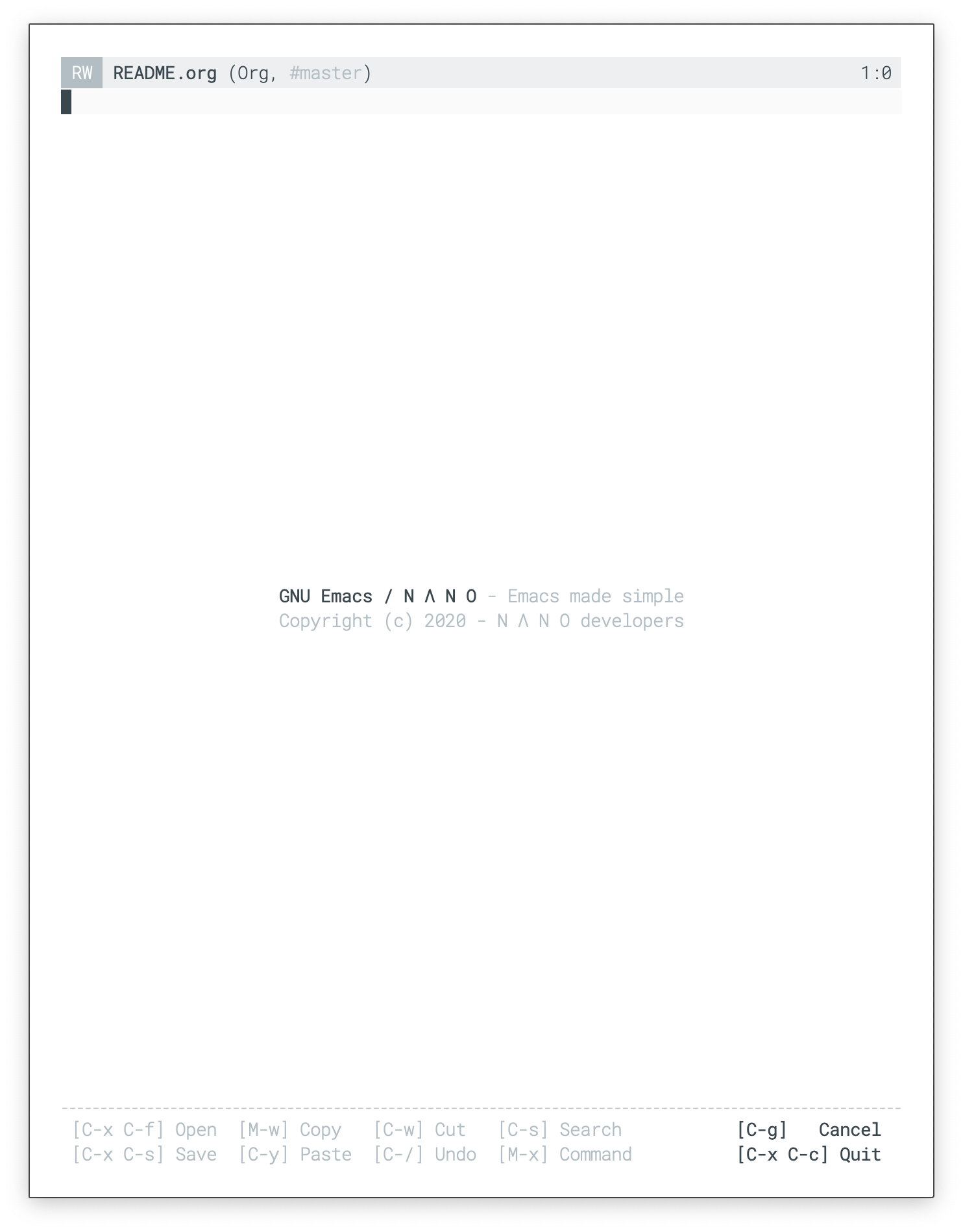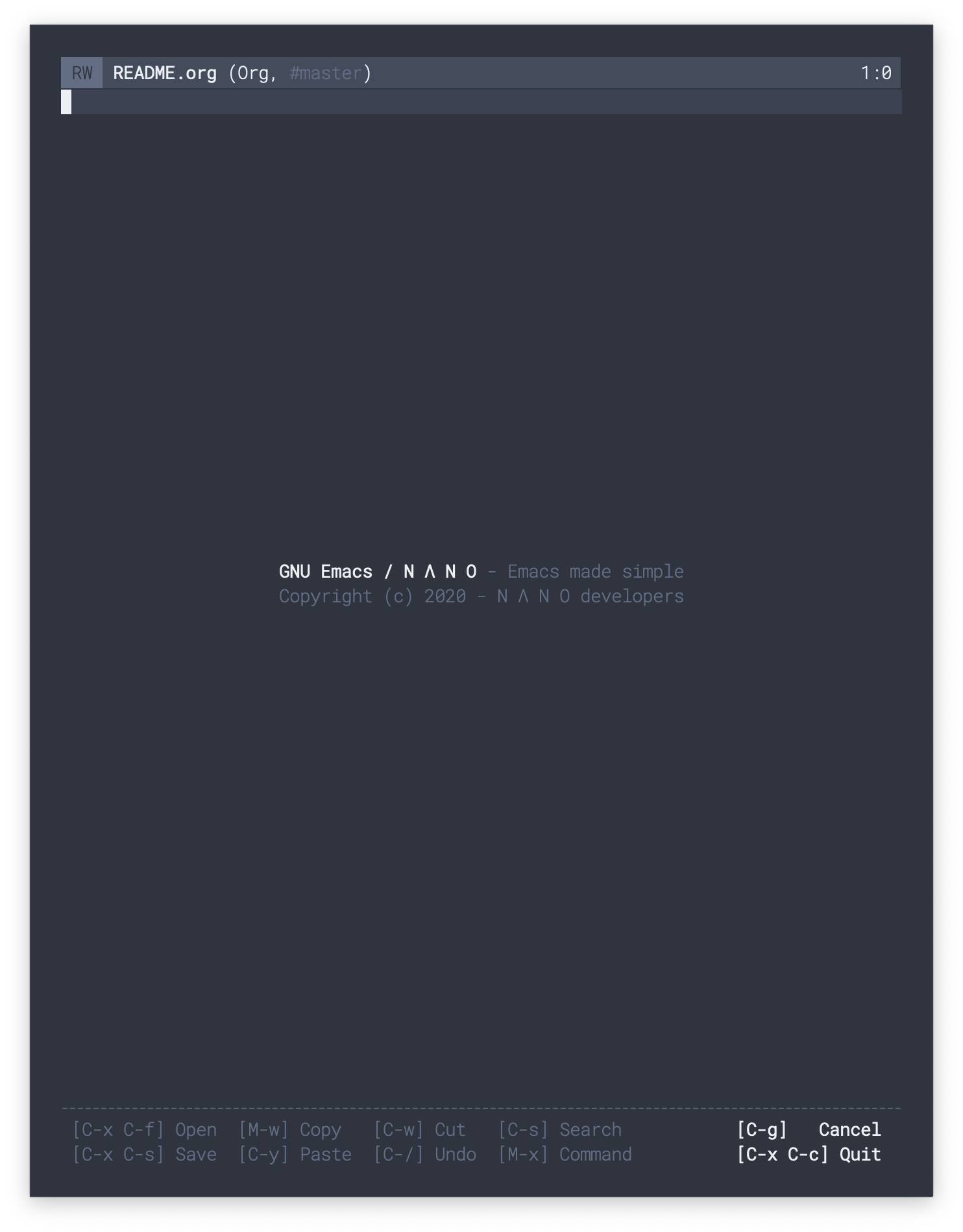5.7 KiB
Cool looking org-mode
TL;DR: My tweaked configuration to make org-mode even more pleasant to use.
The code
At the end of this article there is a long digression about why I ended up here. But instead of bothering you with the why here is a what it looks like, and how to achieve it.

The main trick is to change org-mode to use different font depending on the kind of bloc. I use two fonts; an iA Writer clone as well as a Source Code Pro thin font.
All with a solarized-light alternative. Same as solarized, but with gray background.
So first you need to install nerd-fonts.
You will get that iMWriting font, for both Mono and non monospaced fonts.
In fact if you look at my config, I support also the case where the font is
not installed on the computer and use Georgia or PT Serif if this is the case.
One nice little bonus is to make the monospaced fonts smaller.
This is often something I like when writing in org-mode.
There is a minor dependency on doom as I use doom-color for the color of
the links.
(setq org-ellipsis " [+]")
(add-hook 'org-mode-hook 'variable-pitch-mode)
(let* ((variable-tuple
(cond
((x-list-fonts "iMWritingDuoS Nerd Font") '(:family "iMWritingDuoS Nerd Font"))
((x-list-fonts "Georgia") '(:family "Georgia"))
((x-list-fonts "PT Serif") '(:family "PT Serif"))))
(fixed-tuple
(cond
((x-list-fonts "iMWritingDuoS Nerd Font Mono") '(:family "iMWritingDuoS Nerd Font Mono" :height 160))
((x-list-fonts "Menlo") '(:family "Menlo" :height 120))
((x-list-fonts "PT Mono") '(:family "PT Mono" :height 120))))
(headline `(:inherit default :weight bold)))
(custom-theme-set-faces
'user
`(org-level-1 ((t (,@headline ,@variable-tuple))))
`(org-level-2 ((t (,@headline ,@variable-tuple))))
`(org-level-3 ((t (,@headline ,@variable-tuple))))
`(org-level-4 ((t (,@headline ,@variable-tuple))))
`(org-level-5 ((t (,@headline ,@variable-tuple))))
`(org-level-6 ((t (,@headline ,@variable-tuple))))
`(org-level-7 ((t (,@headline ,@variable-tuple))))
`(org-level-8 ((t (,@headline ,@variable-tuple))))
`(org-document-title ((t (,@headline ,@variable-tuple))))
`(variable-pitch ((t ,@variable-tuple)))
`(fixed-pitch ((t ,@fixed-tuple)))
'(org-ellipsis ((t (:inherit fixed-pitch :foreground "gray40" :underline nil))))
'(org-block ((t (:inherit fixed-pitch))))
'(org-block-begin-line ((t (:inherit fixed-pitch))))
'(org-block-end-line ((t (:inherit fixed-pitch))))
'(org-src ((t (:inherit fixed-pitch))))
'(org-properties ((t (:inherit fixed-pitch))))
'(org-code ((t (:inherit (shadow fixed-pitch)))))
'(org-date ((t (:inherit (shadow fixed-pitch)))))
'(org-document-info ((t (:inherit (shadow fixed-pitch)))))
'(org-document-info-keyword ((t (:inherit (shadow fixed-pitch)))))
'(org-drawer ((t (:inherit (shadow fixed-pitch)))))
'(org-indent ((t (:inherit (org-hide fixed-pitch)))))
`(org-link ((t (:inherit fixed-pitch :foreground ,(doom-color 'blue) :underline t))))
'(org-meta-line ((t (:inherit (font-lock-comment-face fixed-pitch)))))
'(org-property-value ((t (:inherit fixed-pitch))) t)
'(org-special-keyword ((t (:inherit (font-lock-comment-face fixed-pitch)))))
'(org-table ((t (:inherit fixed-pitch))))
'(org-tag ((t (:inherit (shadow fixed-pitch) :weight bold :height 0.8))))
'(org-verbatim ((t (:inherit (shadow fixed-pitch)))))))Digression about why I did that;
For some reason a went to the rabbit hole of tweaking my emacs.
In fact, it first started as; let's try to switch from
doom-emacs1 to nano-emacs2.
But, doing so, I realized I wouldn't be able to reach the quality and
optimization provided by doom-emacs myself.
So instead of doing this, I first tried to copy the theme of nano.
Then I realized one of the biggest factor of nano look & feel was
its usage of "Roboto Mono" but with weight light (or Thin).
See


OK so… I just tried to match the theme colors. It was easy to create a theme with matching colors, BUT, to make it really looks like anyone would expect, I mean very few colors, and mostly monochromatic, means a lot more work than anyone could expect. Every emacs mode need to be tweaked. Most doom themes expect either a classical, many colors, or a totally monochromatic, but not this generic idea of ; everything is monochromatic with very few exceptions. This choice is also what makes nano looks so good too. This is not just about the color, but about a lot more details than that. Use the good colors, but at the right place is a lot harder to achieve. And not only the colors, but also, the correct fonts, the spacing of text elements etc…
Unfortunately if you want the nano look and feel in doom, it is much more work than just copying the nano theme.